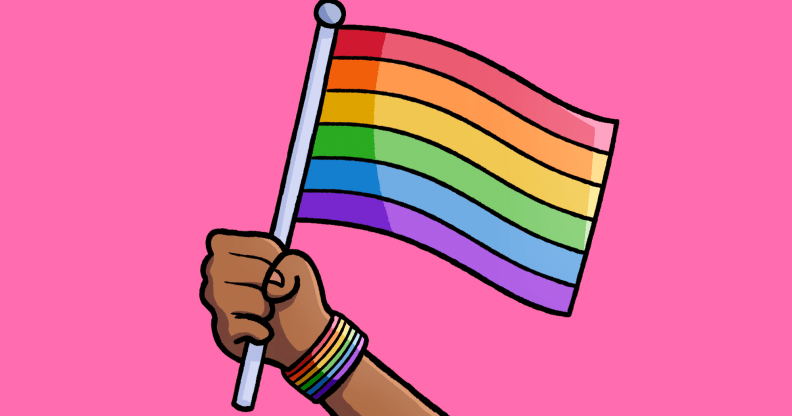Comment: We should respect Caitlyn Jenner’s choice to transition on her terms

Writing for PinkNews in defence of Caitlyn Jenner, Naith Payton says all trans people are different, and Jenner’s choice to transition how she chose was admirable given the immense public scrutiny.
When Caitlyn Jenner gave her coming out interview to Diane Sawyer, Jenner was referred to with the pronouns “he” and “him” and by her previous name.
This continued in the media coverage afterwards, up until her appearance on the cover of Vanity Fair.
Many found this strange, particularly those cis allies who are all well aware that trans women usually prefer to be, and should be, referred to with “she” and “her” pronouns. To them, and indeed to me as well, it felt odd and jarring to see a person who had just confirmed themselves to be a trans woman, being called “he”.
During the programme, Ms Sawyer clarified that this was Jenner’s preference at that time, which made things a little easier. Because we use the pronouns a person has asked for. We all know that.
It still felt a little odd to me, and I made an effort to avoid pronouns wherever possible when writing about Jenner.
Of course people still questioned it. Even other trans people openly wondered why she was still being called by her very obviously masculine previous name. Surely it went against everything we assumed about trans people.
Well, there’s never been a trans person like Caitlyn Jenner before.
There’s never been anyone with her profile and media exposure, who transitioned later in life, and so publicly. That’s not easy.
It’s important to remember that transition is not like flipping a switch. Of course we decry anyone who holds up one aspect of transition (genital surgery being the usual culprit) as the moment a person “finishes transitioning” or “becomes a man or a woman”.
But often we uphold this idea in less obvious ways.
When a trans friend or relative comes out a trans, and asks us to use a new name, new pronouns, we do that. When a public figure comes out, the media invariably, these days, begins using the person’s new name and pronouns immediately.
We can end up seeing this one moment, the moment we are told, as the “light switch” moment.
There is almost certainly no trans person in history who came out to all the people in their life in one moment and began using their new identifiers with everyone immediately.
Trans people start by coming out to ourselves. That’s a personal process, and not governed by a time limit.
Then there’s everyone else, partners, friends, family, extended family, colleagues, classmates, teachers, healthcare workers, team members, old friends, new friends, acquaintances and that nice bloke in the corner shop. And that takes a long time. It took me six years to tell everyone in my life.
Everyone does it differently, at different times, and in different orders. Many will ensure that one group or person is accepting, or helps them become so, before telling the next.
Caitlyn Jenner had one more group of people to deal with – us. The public.
The interview marked the moment when she told the public she is a trans woman and was transitioning. She did not tell us her new name, or ask for different pronouns, which left us in an unusual halfway point we’d never experienced before.
She said herself that she didn’t want the media to focus on her new name, and nothing but, after coming out. That could come later.
And for a person we know who centres her life around her family, it seems highly likely that she would want to make sure her family were aware, and accepting of her new self, before the rest of us.
She and her family were receiving a lot of negative attention over the rumours of her transition, and the interview may have given them a little cooling off time. To be around Caitlyn before everyone else.
But most of all, every transition is different. Caitlyn’s transition is just another way of doing it, and it is entirely hers.

